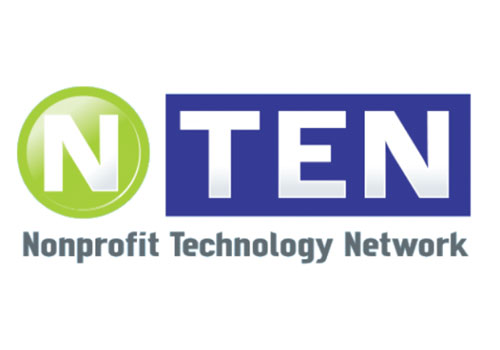May 9, 2014

Data is the new black. These days everyone is releasing it, visualizing it, aggregating it, and mashing it up. And for good reason. Data is so much more than a stack of numbers or a server filled with client outputs. It can justify the work that your organization is doing, help others understand why it is critical, and offer exciting new ways to motivate others to help solve the problems your organization is working on.
And chances are your nonprofit, government agency, foundation, or research institution has gobs of it just sitting around. It's locked in white papers, policy briefs, and fact sheets. It's hidden away in project output reports and research excel files.
Given the attention that Data gets from the media, influencers, and the hill, we believe that every communications department is obligated to look closer at their data and how they are using it - and should be tapping into it to get work done towards your organizations goals.
One effective way to transform your data from an afterthought into a powerful communications product is through visualizations that help tell your story.
Here are 6 ways to tell your stories with data that you can apply to your own web and communications work:
1. Speak With Numbers
Sometimes, it's best to just let the numbers speak for themselves. Numbers are a universal langauge. You can make a big impression of site visitors just by presenting them clearly, and in context with your web content.
Charity Water, an organization that raises money to build wells in Africa has learned the lesson. Look how elegantly they tell the story of the need for fresh drinking water, and the difference their prorgrams are making.
2. Reveal Change
Many of the stories we'd like our site visitors to understand are centered on revealing the truth behind a situation. The truth can become obvious when you reveal the change in data in a visual way. By simply removing everthing except the changing data, your data will suddenly reveal the compelling story you are looking to spread - whether you are revealing conditions that are worsening, attitudes that are changes, or the improvements you organization is making.
My favorite example of this technique is the Descry Project's Obesity Epidemic visualization. By using the simple metaphor of t-shirt size to represent a US State's obesity rate, and making them “grow” over a two decade period - we can quickly see how America's waistline has ballooned in since 1987.
